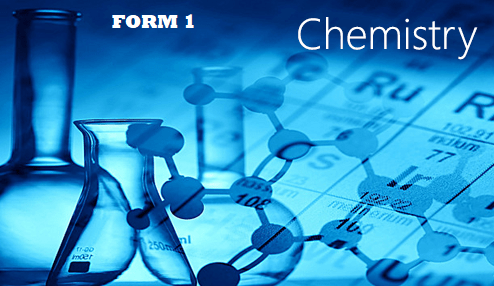TOPIC 1: CHEMICAL EQUATIONS | CHEMISTRY FORM 3
TOPIC 1: CHEMICAL EQUATIONS | CHEMISTRY FORM 3 A chemical equation is a repres TOPIC 1: CHEMICAL EQUATIONS | CHEMISTRY FORM 3 entation of a chemical reaction with the help of symbols and formulae of the substances involved in the reaction. It is a chemical shorthand for representing the reacting substance or substances combining (the … Read more



